Navigating the Future: Implications of Pay Equity Legislation for HR Professionals in Alberta, Northwest Territories, and Nunavut
Recent Legislation Across Canada
To contextualize the potential changes in Alberta, it’s imperative to highlight recent pay equity legislation in other provinces. We’ll specifically explore developments in Ontario and British Columbia, as they provide valuable insights into the evolving landscape.
Ontario Pay Equity Act
The Pay Equity Act in Ontario, effective since 1990, applies to provincially regulated private sector organizations with 10 or more employees. It requires employers to establish and maintain compensation practices aligned with pay equity principles, ensuring fair compensation regardless of gender job classes. Additionally, the Ontario Pay Transparency Act, 2018, is poised to introduce new pay transparency obligations for provincially regulated employers.
British Columbia: Pay Transparency Act, Bill 13
Passed on May 11, 2023, the Pay Transparency Act in British Columbia applies to various government entities and reporting employers based on the number of employees. Notably, it mandates employers to specify expected salary or wage information in job advertisements, prohibits seeking pay history information from applicants, and safeguards employees against reprisals for inquiries about pay transparency.
Federally regulated employers in Canada, as per the Budget Implementation Act, 2018 No. 2, are required to evaluate their compensation practices to ensure equal pay for work of equal value. This legislation, proclaimed in force on August 31, 2021, necessitates the establishment of pay equity plans within three years of becoming subject to the act.
Other Provinces
Newfoundland and Labrador, as of November 2022, prohibits employers from asking about salary histories, mandates inclusion of salary ranges on job postings, and protects salary discussions. In Manitoba, proposed legislation in March 2022 aimed at achieving similar objectives but was not passed.
Why It Matters
With the growing momentum for pay equity across Canada, HR professionals in Alberta, Northwest Territories, and Nunavut must acknowledge the potential for similar regulations in their regions. Recognizing the implications and understanding the significance of pay equity is vital for ensuring compliance and cultivating a fair and inclusive work environment. Taking proactive measures to address pay equity is crucial to steer clear of legal, financial, and reputational consequences and to create a positive workplace atmosphere conducive to attracting and retaining top talent. Additionally, it is imperative for companies operating in multiple provinces to stay abreast of pay equity legislative changes specific to each province.
Tips for HR Professionals to Ensure Compliance and Drive Progress
Preparing for potential pay equity regulations involves proactive measures by HR professionals. Here are key strategies to ensure compliance and drive progress:
1. Audit Compensation Practices.
- Regularly review and assess policies and procedures concerning recruitment, salary structures, and advancement.
- Identify and rectify any gender-based disparities.
- Be prepared to implement any required changes.
- Foster a culture of transparency by providing clear information on pay structures and salary ranges in job advertisements.
- Assess workplace policies to eliminate any restrictions on employees sharing information about their compensation.
The Calgary Chapter Committee: Joelle Mason, Sina Gunzenhauser, Jody Sekias, Maria Raimondi, Janet Jacques, Mark Readman, Vivi Spooner, Cristy Viberg & Ameera Bhatti
The views and opinions expressed in this blog post belong solely to the original author(s) and do not necessarily represent the views and opinions of CPHR Alberta.
The views and opinions expressed in this blog post belong solely to the original author(s) and do not necessarily represent the views and opinions of CPHR Alberta.





